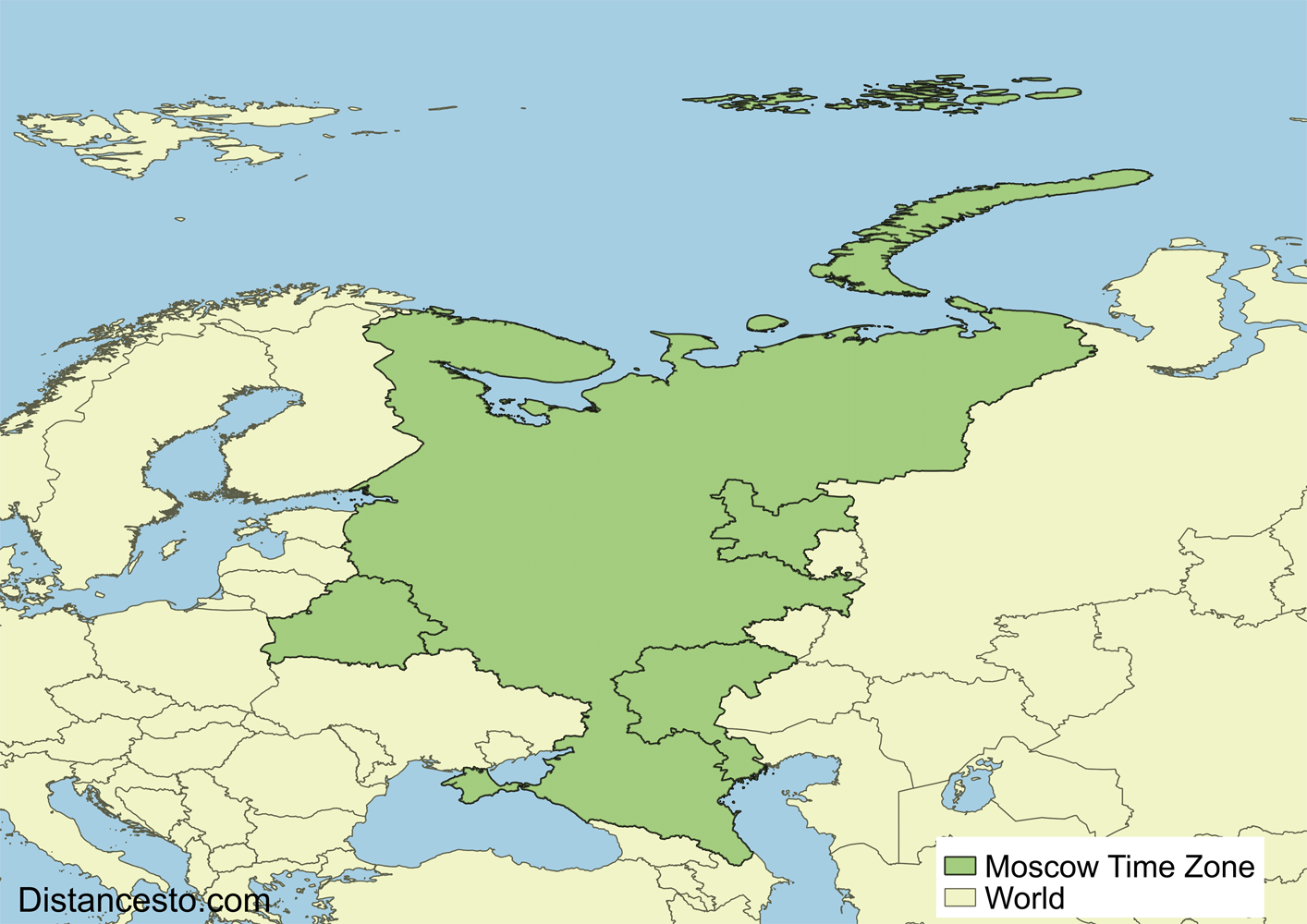

Solar time is the formula used to set civil time via UTC.Ī time offset is the amount of time added to or subtracted from UTC. There are two ways of establishing time on planet Earth - the atomic clock and solar time.Ītomics clocks are complex timekeeping mechanisms run by national governmental agencies and used on specific occasions, technologies, and systems. That is why countries located immediately west of the IDL - Tonga, Samoa, and Kiribati - are the first to celebrate the New Year. IDL is another imaginary line that passes through the middle of the Pacific Ocean and determines where you cross from one day to the next. Nevertheless, many people still use GMT as the time standard for all countries worldwide - for example, GMT+12:00 for New Zealand.īut there's also another important formalism - the International Date Line (IDL). UTC is precisely the same imaginary line defined by GMT at the Prime Meridian, located in the Royal Observatory in Greenwich.

It replaced the Greenwich Mean Time (GMT) in the late 1960s, even though GMT remains today as a regional time zone at UTC+00:00. The official time standard regulating the world's time and clocks is called Coordinated Universal Time (UTC). The Differences Between GMT, UTC, and IDL Take a look at the official world time zone map. So, we all end up getting 24 standard time zones and 14 additional exceptions.Īs a result, local time always depends on what time zone you're in at a given moment.Īs stated above, all nations have specific interests, so the time zone map is not linear as it should be in theory. With the rotation of the Earth, from east to west, each meridian represents one given hour. They're technically named meridians, i.e., imaginary lines that run vertically from the North Pole to the South Pole, each 15 degrees apart. However, in a world with borders, political, geographical, social interests, and lobbies, the officially established time zones make the planet look like a complicated geometrical drawing of longitudinal lines. Ideally, the planet would be divided between 24 identical time zones, each representing one hour of the day. When you fly between Los Angeles and New York, you must add three hours to your clock upon arriving at your destination.Īnd while someone is waking and getting ready for another working day under sunny skies, another is heading off to bed under the moonlight. As a result, time is always different in various places on the planet. Welcome to the complex world of time zones. If Apple hasn't fixed the issue for its own home country States and Australia, it is not likely they will for Russia.What time is it? Here's how a common daily question can have multiple answers. Methinks you will just have to do it in your head. The emphasized phrase seems to indicate a Priority of methods used to get where you are, and thus calculate the Time Zone appropriate by its relation to GMT. If you're not within a clear line of sight to GPS satellites, your device can determine your location using crowd-sourced Wi-Fi5 and cell tower locations or iBeacons. Location Services uses a combination of cellular, Wi-Fi, Bluetooth, and GPS to determine your location. This article is referencing iOS 7, but I do not know that anything has changed > iOS 7: Understanding Location Services - Apple Support *Map and Date & Time are the older OS X equivalents to iOS - Settings > Locations and Date & Time there is no combination of settings in Map and Date & Time control panels which will enable you to display Hawaiian local time correctly AND concurrently display the correct time in other places that do observe DST. can only calculate differences between time zones relative to Greenwich Mean Time (GMT). Arizona and Hawaii - which also have the same problem as you do.įrom an archived article on the issue with Hawaii > Daylight Saving Time: Locations That Do Not Observe We have a couple of "rogue States" here in the U.S. Looks like you will need to take it up with your shirtless President whose proclamation it was to defy the norms of the rest of the world.


 0 kommentar(er)
0 kommentar(er)
